Top Ten Plants for Small Spaces
Not everyone has an allotment or walled kitchen garden to grow fruit and vegetables in, but the good news is that you don’t need one to grow a huge variety of edible plants. The key to success is utilising available space what’s most suited to your environmental conditions. Read on to discover the top ten edible plants for small spaces, along with some helpful do’s and don’ts.
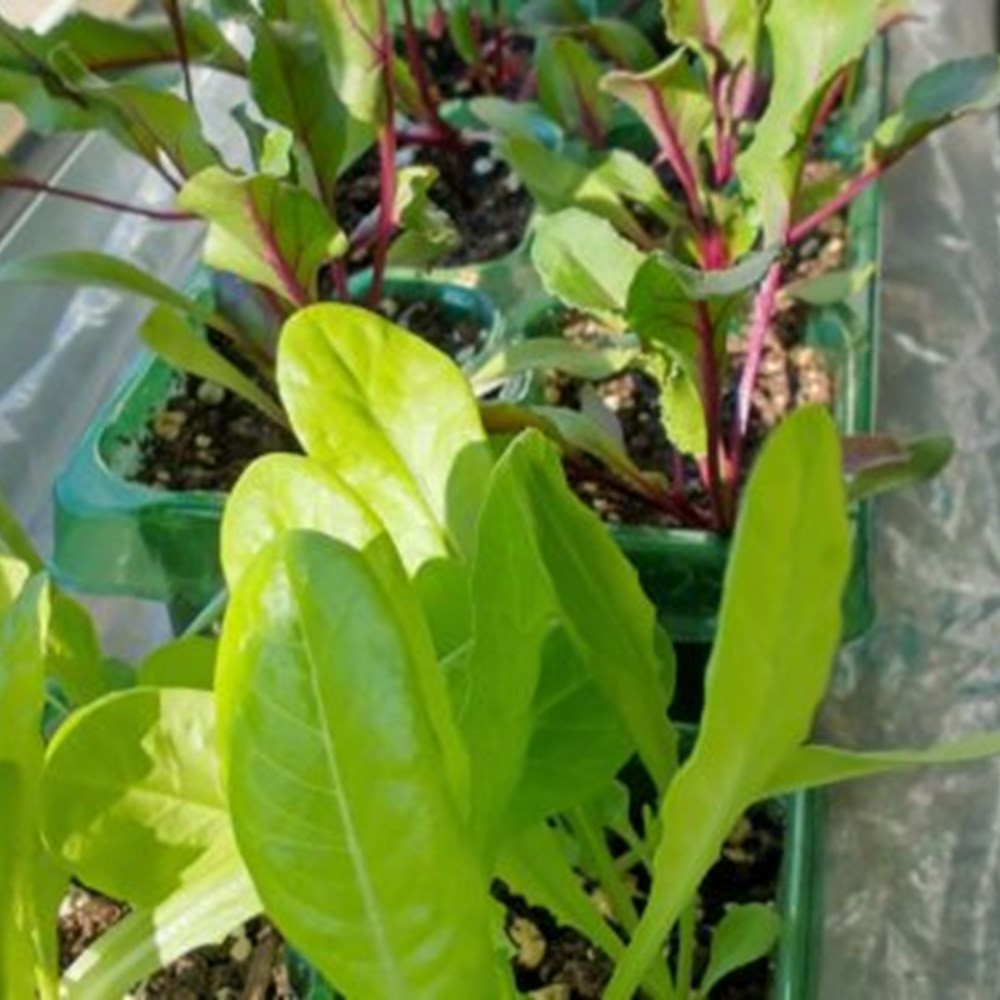
Learn how you can get growing, even if you don’t have a garden of your own...
Not everyone has an allotment or walled kitchen garden to grow fruit and vegetables in, but the good news is that you don’t need one to grow a huge variety of edible plants. The key to success is utilising available space what’s most suited to your environmental conditions. For example: if you have a sunny balcony, tomatoes in hanging baskets would be perfect, but if you have a shady corner then watercress in containers would be better suited. Read on to discover the top ten edible plants for small spaces, along with some helpful do's and don'ts.
1. Radish (Raphanus sativus)
A small but super tasty veg, radishes are easy and quick to grow and can go from seed to plate in a month. Ideal for small borders and containers.
Example variety: ‘Cherry Belle’
2. Cut-and-come-again salad
Some types of lettuce such as Lactuca sativa are designed to have a few leaves picked at a time, as and when you need them, allowing the rest of the plant to continue growing. Great for containers.
Example variety: ‘Salad Bowl’
3. Beetroot (Beta vulgaris)
This is another easy to grow veg that can be grown for most of the season, and is ideal eaten alongside cut-and-come-again salads.
Example variety: ‘Boltardy’
4. Tomatoes (Solanum lycopersicum)
Some tomato varieties are specifically designed for growing in hanging baskets, making them an attractive and productive use of space. Plant in a sunny, sheltered spot and keep well-watered.
Example variety: ‘Tumbling Tom Red’
5. Herbs
Herbs are good perennial plants which that can be grown all year round, and are much cheaper to grow your ownself than to buy from the shops. Herbs such as thyme (Thymus vulgaris) and oregano (Origanum vulgare) do well in hanging baskets, and while chives (Allium schoenoprasum) are ideal for containers.
6. Potatoes (Solanum tuberosum)
Tatties are very versatile, and certain varieties can produce a heavy crop in containers, or, better still, grow in recycled shopping bags.
7. Watercress (Nasturtium officinale)
Another perennial crop, which can be grown in that shady corner you never knew what to do with. Put a few stems of watercress in a jar of water, and, once roots have grown, plant into a container of wet compost and keep consistently damp.
Example variety: ‘Swift’
8. Broad beans (Vicia faba)
Dwarf broad beans varieties are bushier than others and do well in containers. Straightforward to grow, these don’t need staking, and some varieties can be sown in autumn for an early spring harvest.
Example variety: ‘The Sutton’
9. Strawberry (Fragaria x ananassa)
Planting strawberries in window boxes or hanging growbags is a very productive way of growing these sweet delights in a corner of your garden.
Example variety: ‘Elan’
10. Fruit trees
It may sound strange to include fruit trees in a guide to plants for small spaces! But if fruit trees, including apples, are trained, then they can be grown in a very small area, such as stepovers on the edge of a narrow border or espaliers against a wall or fence. Not an instant crop, but a worthy investment for any small space.
Some useful tips for getting growing – our dos and don’ts:
DO grow what you love! When space is at a premium, there’s no point growing anything you won’t enjoy.
DO make the most of vertical space for growing, such as walls, fences and balconies.
DO feed your soil. In general, most crops prefer fertile soil and will benefit if organic matter is added to the soil prior to planting. The more you feed your crops, the more they will feed you!
DON’T grow crops which need a large area to grow, such as asparagus.
DON’T grow crops which take a long time to grow, such as parsnips.
DO sow in succession. This means having seedlings ready to go into the soil once the previous crop has been harvested. This will give you months of edibles instead of a single week.
DO grow varieties that are specifically designed for small spaces. Most traditional edible plants will have varieties that have been bred to be space-savers, either by being dwarf in height or bushy in width, meaning that they can fit into a small area while still producing a good crop.
Budding gardeners should also look out for our Free for All events, where we’ll be giving away thousands of free seeds and plant plugs at towns and cities across Scotland.
Author: Rebecca Cross
Explore more
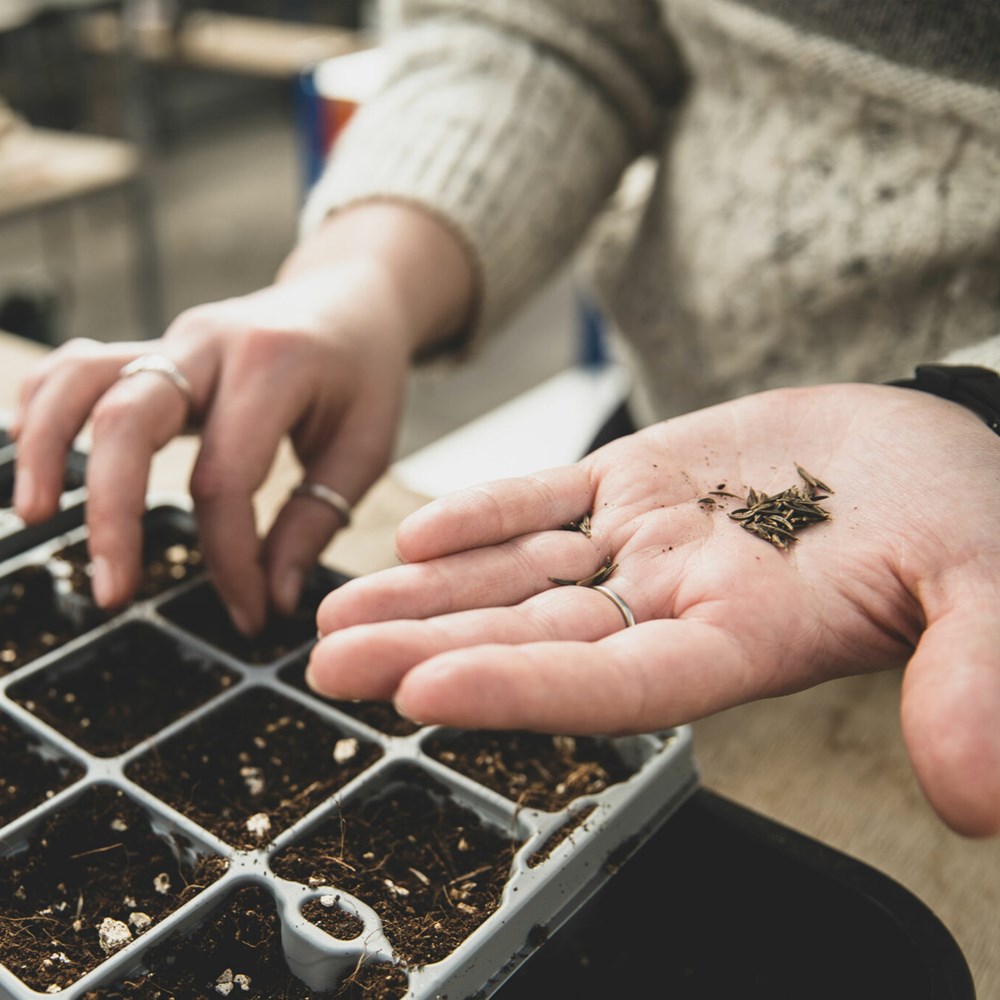
Dandelion Resources
Get growing advice, seasonal suggestions and celebrate the joys of looking after plants.
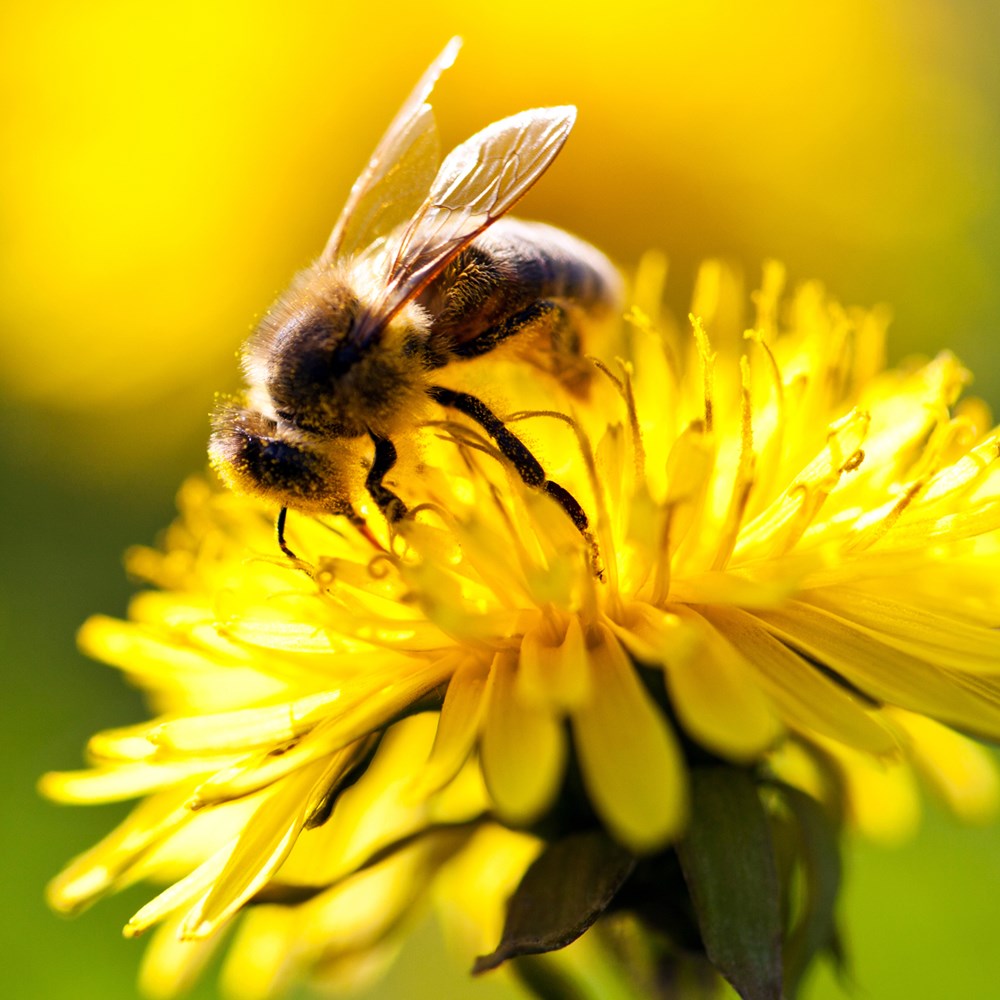
Dandelion Project
With the aim of re-establishing Harvest as an event on the national calendar, Dandelion brought together community development, horticulture, live music, learning, sustainable thinking and innovative arts practice to support the people of Scotland to sow, grow and share together.
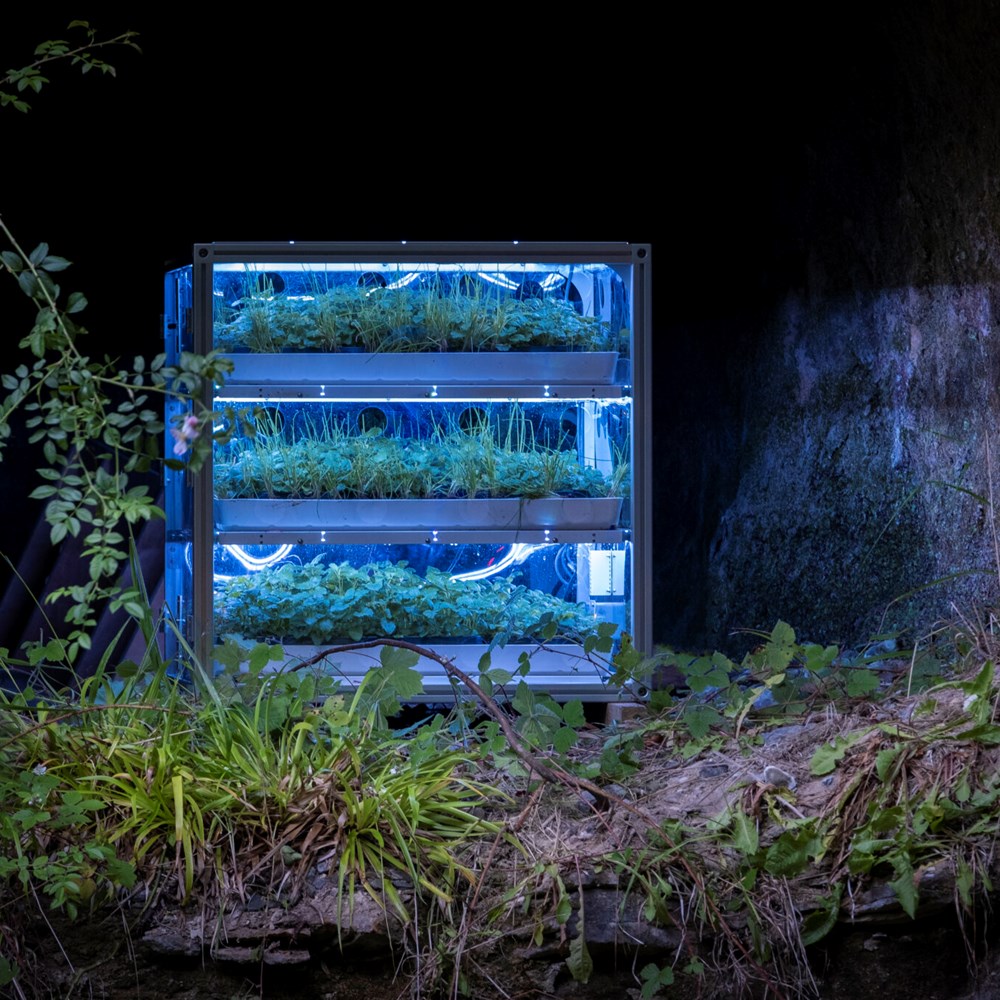
Dandelion Events
Dandelion culminated in in over 500 events as part of the largest-ever creative celebration of Harvest staged across Scotland.
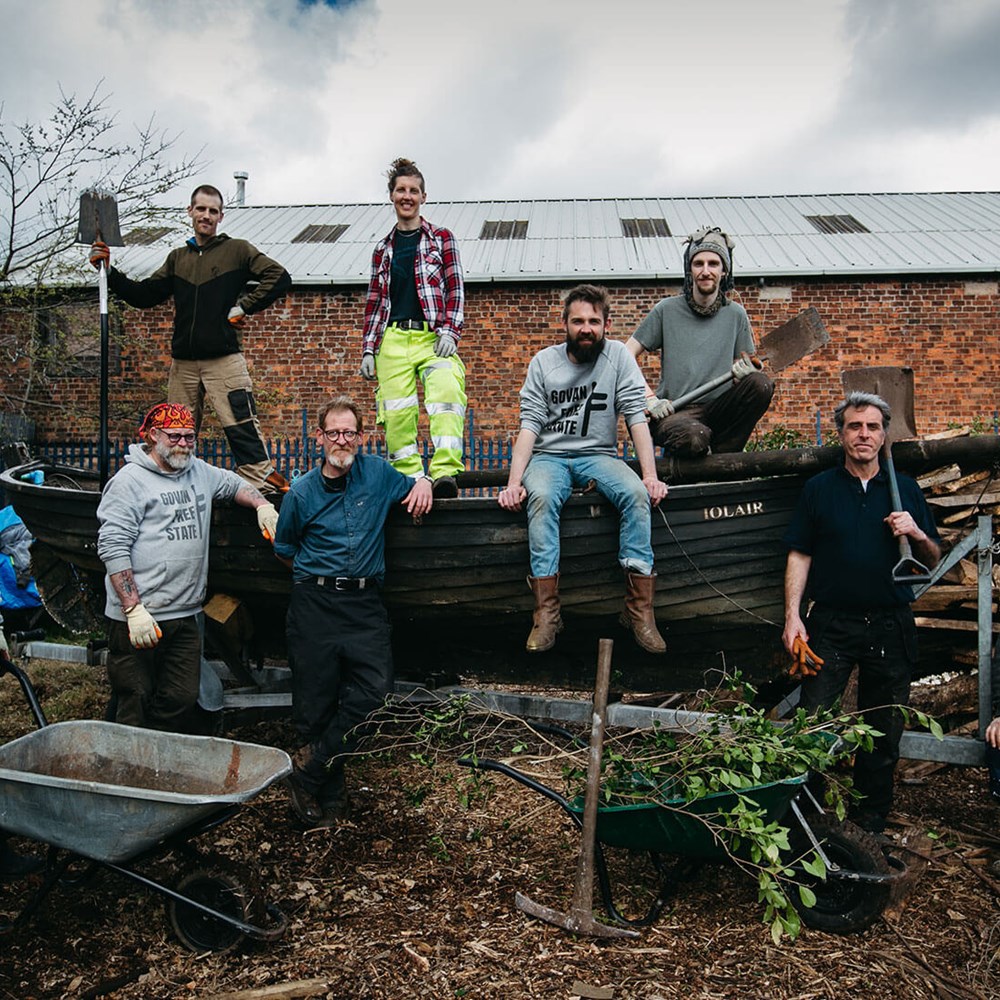
Dandelion Results
Dandelion's Unexpected Gardens sprang up all across Scotland and continue on today event after our programme has ended.
